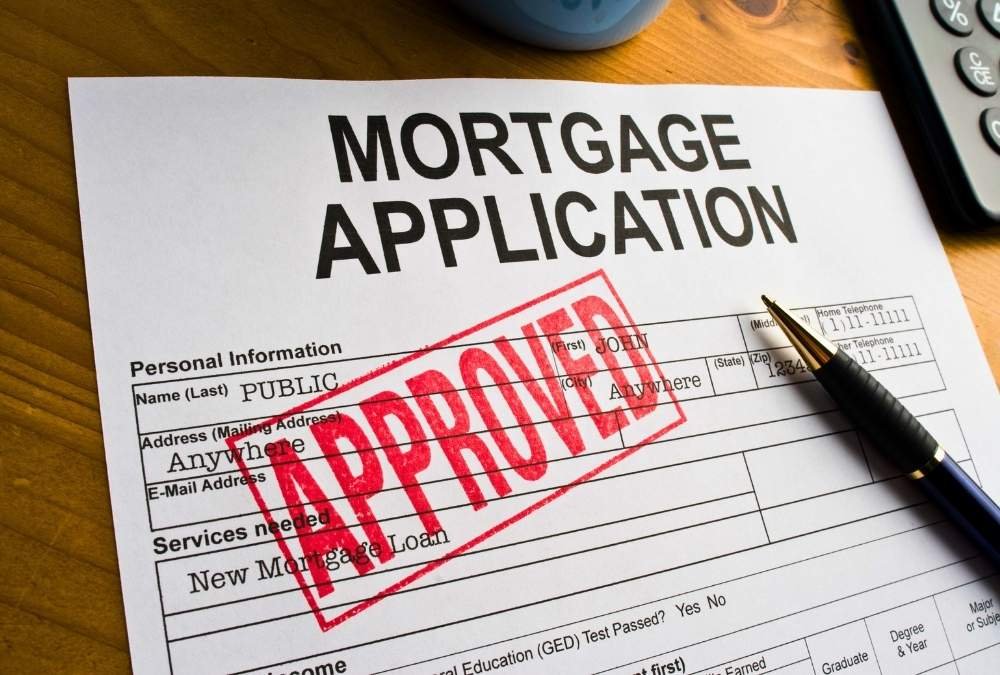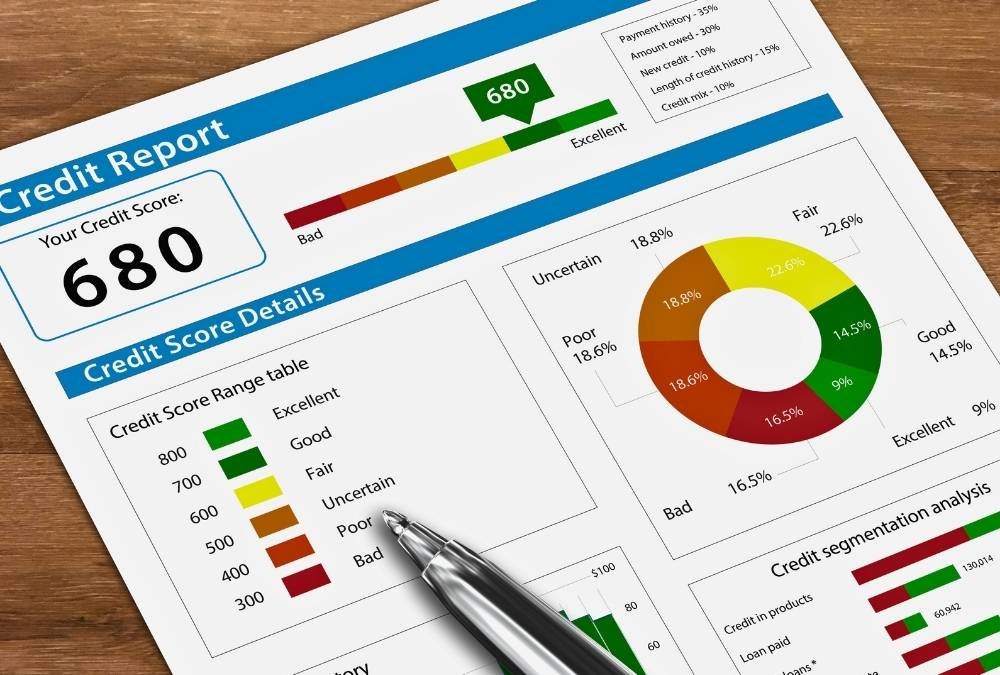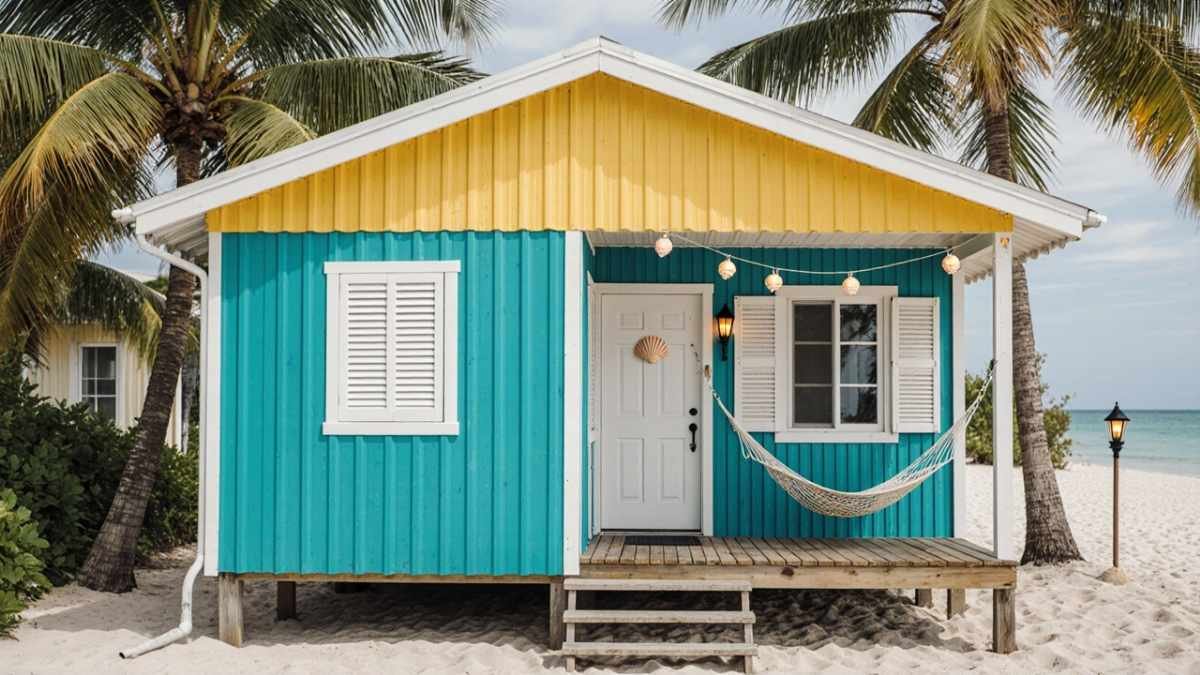
Buying a home is like assembling IKEA furniture without the instructions: One wrong move, and you’re stuck with something unstable, overpriced, and impossible to return. For most people, it’s the biggest financial decision of their lives, yet 1 in 5 buyers regrets their purchase within the first year. Why? Because emotions, myths, and pressure often override logic.
This isn’t just about avoiding bad wallpaper choices. We’re talking about mistakes that drain bank accounts, wreck credit scores, and turn dream homes into nightmares. Let’s fix that.
1. Skipping Mortgage Pre-Approval: The Fast Track to Losing Your Dream Home

Most buyers assume pre-approval is just a formality—a piece of paper to show sellers. But here’s the truth: Without a hard credit pull pre-approval, you’re essentially window-shopping with Monopoly money. Lenders aren’t just guessing your budget; they’re dissecting your debt-to-income ratio, credit history, and employment stability.
I’ve seen buyers panic when their “sure-thing” loan falls through days before closing. One couple lost their $5,000 earnest money because they relied on a casual pre-qualification letter that didn’t account for their student loans. A pre-approval isn’t just a checkbox; it’s the cheapest insurance you’ll ever buy.
How to Avoid It:
Start by comparing at least three lenders. Mortgage rates and fees can vary wildly—Freddie Mac estimates shoppers save $2,000+ on average by doing this. Also, ask for a fully underwritten pre-approval, where the lender verifies your documents upfront. This makes your offer as strong as cash in competitive markets.
2. Ignoring Credit Health: The Silent Deal-Killer

Your credit score isn’t static. A single late payment, a new credit card, or even a forgotten medical bill can derail your mortgage approval. One homebuyer learned this the hard way: They paid off a $50 collections account but didn’t realize it takes 30–60 days for credit bureaus to update reports. Their closing was delayed, and the seller walked away.
How to Avoid It:
Pull your credit report 6–12 months before house hunting (AnnualCreditReport.com offers free weekly reports). Dispute errors immediately—outdated addresses, misspelled names, or accounts that aren’t yours. If your score is below 670, focus on paying down high-balance cards first. Credit utilization (the ratio of debt to credit limits) impacts scores more than most factors.
And a warning: Even something as innocent as financing a new mattress can trigger a hard inquiry. Wait until after closing to open new lines of credit.
3. Overextending Your Budget: The “House Poor” Trap

Lenders will approve you for a mortgage that technically fits your income. But “technically” doesn’t pay the bills when your HVAC breaks in January or property taxes jump 15%.
The 28/36 rule is a good starting point:
- 28% of gross income on housing costs (mortgage, taxes, insurance).
- 36% of gross income on total debt (including car loans, student loans).
But real life isn’t a spreadsheet. Let’s say you earn 100,000/year. A lender might greenlight a 2,333/month mortgage payment. But if daycare costs 1,500/month and you’re still paying off 300/month in student loans, that math gets ugly fast.
How to Avoid It:
Budget for the hidden costs:
- Maintenance: Allocate 1–3% of your home’s value annually. A 400K home needs 4,000–$12,000/year for repairs.
- Utilities: Older homes often have drafty windows or inefficient HVAC systems. Ask sellers for 12 months of utility bills.
- HOA Fees: These can rise unexpectedly. One Florida community saw fees spike from 300to 800/month after a hurricane damaged shared roofs.
4. Skipping Home Inspections: Playing Roulette With Your Future

In hot markets, buyers often waive inspections to make their offers stand out. But this is like marrying someone without a first date. Sure, the kitchen looks great—but what’s hiding behind the walls?
A 500 inspection could save you 20,000. I’ll never forget the family who skipped theirs to “save time.” Two months after moving in, they discovered faulty wiring that required rewiring the entire house. The inspector would’ve spotted it in 10 minutes.
How to Avoid It:
If you’re in a bidding war, negotiate a shorter inspection window (3–5 days instead of 10). Focus on structural issues: foundation cracks, roof age, plumbing leaks, and electrical systems. Cosmetic flaws like chipped paint can wait.
And don’t skip specialized inspections. For example, in termite-prone areas like the Southeast, a pest inspection is non-negotiable.
5. Underestimating Down Payment Options: Breaking the 20% Myth

The “20% down payment” myth persists because it’s what everyone’s parents did. But here’s the reality: First-time buyers put down 6% on average, and programs like FHA loans require just 3.5%. Waiting years to hit 20% could mean missing out on lower interest rates or rising home prices.
How to Avoid It:
- FHA Loans: 3.5% down with a 580+ credit score.
- VA/USDA Loans: 0% down for eligible veterans or rural buyers.
- State Programs: Many offer down payment assistance. For example, Texas’s SETH Program provides up to 5% in grants.
Yes, you’ll pay PMI (private mortgage insurance) if you put down less than 20%. But PMI isn’t forever. Once you hit 20% equity, you can cancel it.
On a 300Khome, PMImightcost100–$200/month—a trade-off that’s often worth getting into the market sooner.
6. Neglecting Neighborhood Research: Location, Location, Regret

You can renovate a kitchen. You can’t renovate a neighborhood.
A friend once bought a charming historic home, only to learn the nearby train horn blared at 2 a.m. every night. Another couple moved into a “quiet” suburb, unaware a 300-unit apartment complex was approved for the empty lot next door.
How to Avoid It:
- Visit at 7 a.m. and 7 p.m.: Is the street packed with commuters? Are neighbors blasting music?
- Check local government sites: Search for zoning changes or construction permits.
- Talk to locals: Coffee shops and dog parks are goldmines for honest opinions.
Data tools help, too:
- Walk Score: Rates walkability to groceries, schools, and transit.
- Niche.com: Reviews neighborhoods based on safety, schools, and amenities.
7. Emotional Decision-Making: Falling in Love With a Liability

House hunting can feel like dating. You walk into a sunlit living room, imagine holidays there, and suddenly you’re justifying the crack in the foundation as “character.”
But love won’t fix a leaky roof. I once bid 25K over asking on a Craftsman home because I adored the original hardwood floors. Turnsout, the floors were gorgeous—but the sewer line was collapsing.
My “dreamhome”cost 12K in repairs before I even unpacked.
How to Avoid It:
Write a non-negotiable list and stick to it. For example:
- Must have: 3 bedrooms, 2 bathrooms, 10-mile max commute.
- Won’t tolerate: Major structural issues, high-traffic roads, HOA restrictions.
Bring a pragmatic friend to showings. They’ll notice the things you’re too love-struck to see, like the water stain on the ceiling or the neighbor’s incessantly barking dog.
8. Inadequate Savings for Post-Purchase Costs: The Hidden Money Pit
Your down payment and closing costs are just the beginning. Homes have a sneaky way of nickel-and-diming you: a leaky faucet here, a broken furnace there, and suddenly you’re scrambling to cover repairs. One buyer I know drained their savings on closing costs, only to face a $10,000 roof replacement two months later. They hadn’t budgeted for emergencies, so they maxed out credit cards—a mistake that took years to undo.
How to Avoid It:
- Build an emergency fund covering 3–6 months of mortgage payments before buying.
- Save 1–3% of your home’s value annually for maintenance. A 400K home needs 4,000–$12,000/year for upkeep.
- Ask for a home warranty: Some sellers include these in negotiations, covering appliances and systems for the first year.
Pain Point Fix: If you’re overwhelmed by unexpected costs, start by prioritizing. Fix safety hazards (electrical issues, gas leaks) first. Cosmetic updates like painting can wait.
9. Failing to Compare Loan Options: The Rate Trap
Not all mortgages are created equal. A 0.25% difference in your interest rate might seem trivial, but on a 300Kloan,that’s300Kloan,that’s15,000+ over 30 years. Yet, 43% of borrowers only apply with one lender, often leaving money on the table.
How to Avoid It:
- Compare loan types:
- Fixed-rate: Stable payments (ideal for long-term buyers).
- Adjustable-rate (ARM): Lower initial rates (good for short-term owners).
- Ask about “discount points”: Paying $2,000 upfront could lower your rate by 0.25%.
- Example: Sarah chose a 5/1 ARM with a 3% rate instead of a 30-year fixed at 4%. She’ll save $300/month for 5 years and plans to sell before rates adjust.
Pro Tip: Use the Mortgage Calculator app to compare lifetime costs of different loans. Small differences compound fast.
10. Waiving Contingencies: Desperation Over Due Diligence
In bidding wars, buyers often waive contingencies to make their offer “stronger.” But this is like signing a contract without reading the fine print. One family waived their appraisal contingency, only to discover the home was valued $50K below their offer. They had to cover the gap in cash—or lose their earnest money.
How to Avoid It:
- Keep these contingencies at all costs:
- Financing: Lets you back out if the loan falls through.
- Appraisal: Protects you from overpaying.
- Inspection: Uncovers hidden issues.
- Negotiate smarter: Offer a larger earnest deposit or faster closing timeline instead of waiving contingencies.
Real Talk: If a seller pressures you to waive contingencies, walk away. A home that’s meant to be yours won’t require reckless risks.
11. Making Financial Changes Before Closing: The Silent Killer
Lenders recheck your credit and employment status days before closing. A common myth? “Once I’m pre-approved, I’m safe.” Not true. One buyer lost their loan approval because they leased a new car during escrow, spiking their debt-to-income ratio.
How to Avoid It:
- Freeze big financial decisions until after closing:
- No new credit cards, car loans, or furniture financing.
- Avoid job changes (even promotions with probation periods).
- Keep cash reserves stable: Don’t move money between accounts without documenting it. Lenders need a paper trail.
Pain Point Fix: If you’re itching to buy new furniture, rent a storage unit and wait. Your future self will thank you.
12. Overestimating DIY Skills for Fixer-Uppers: The Renovation Delusion
HGTV makes renovations look easy. Reality? They’re messy, expensive, and rarely finish on time. A couple I know bought a “cozy fixer-upper” thinking they’d DIY a kitchen remodel. After discovering asbestos, mold, and outdated wiring, their 20K budget ballooned to 75K.
How to Avoid It:
- Get contractor quotes before buying: Renovation costs often exceed home value gains.
- Use the 70% Rule: Don’t pay more than 70% of a home’s after-repair value minus renovation costs.
- Example: A home’s ARV is 500K .Renos cost 100K. Offer no more than 250K (500K x 0.7 – $100K).
Pro Tip: If you’re not prepared to live in a construction zone for months, buy a move-in-ready home. Romance fades; drywall dust doesn’t.
13. Not Planning for Resale Value: The Forever Home Fallacy
Life changes. Jobs relocate, families grow, and tastes evolve. Yet many buyers ignore resale potential, assuming they’ll stay forever. A neighbor customized their home with neon accent walls, a hot tub in the dining room, and a backyard chicken coop. When they needed to sell quickly, buyers were… underwhelmed. It sat on the market for a year.
How to Avoid It:
- Avoid overly personalized designs: Keep bold choices (paint, wallpaper) easy to reverse.
- Focus on timeless features: Open floor plans, energy-efficient windows, and neutral kitchens.
- Research local demand: In family-heavy areas, prioritize schools and parks. For urban spots, emphasize walkability.
Final Take: A home is both a sanctuary and an investment. Balance what you love with what others will pay for someday.
Final Thoughts: Knowledge Is Your Best Tool
Homebuying isn’t about perfection—it’s about preparedness. By sidestepping these 13 mistakes, you’ll save money, avoid stress, and make choices you won’t regret a decade later. Remember: The market will always have ups and downs, but a well-informed buyer thrives in any season.
Your Action Plan:
- Bookmark this guide.
- Share it with anyone house hunting.
- Never let FOMO override logic.







